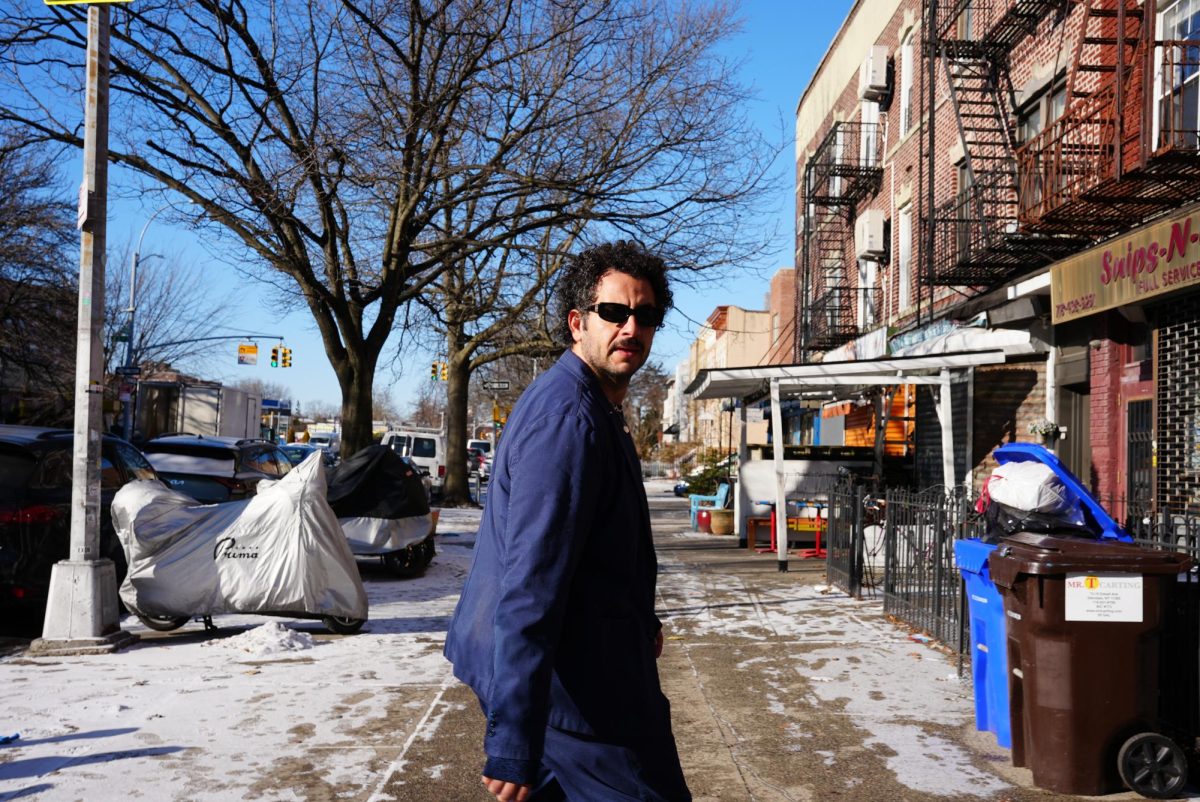Every spring, like a fresh crop of wayward farm rodents, a handful of garden variety clubs, eateries and sports bars crop up in the downtown Minneapolis entertainment district. Some of them receive warm welcomes (and robust foot traffic) while others vacate and vanish by autumn. Call it an evil act of capitalism, or God’s way of punishing owners in the service industry, doling out lowly sanitary marks – but either way, the cycle is an acceptable way of life.
That is unless you’re someone who cares about the cultural capital of your city and wonders where the hell all the worthy hangouts went.
If you’ve already had the chance this spring to emerge from hibernation and take a jaunt around downtown, you might have noticed that some things have changed. A lot of storefronts – once housing joints like Copeland’s and the Olive Garden – have either a) been bought out only to reopen as another chain store; or b) are completely empty and lifeless. And to rub it in, opera music is utilized as a torture mechanism on Block E to deter loitering.
One needn’t look much further to get other evidence of Minneapolis’ bipolar approach to urban planning and cultural topographies; this place has had a gnawing tendency to bulldoze and level its architectural past in favor of precarious transformation projects (just how often do you hit up the City Center nowadays?).
Uptown, despite your neighborhood scenester’s opinion, is also in a cultural slump. In the Star Tribune, Tom Ford (formerly of Caruso’s Gelato Café) said, “you could shoot a cannon through (Calhoun Square) and not hit anyone.”
Yes, Minneapolis, once called the “mini-apple” by cultural prima donnas and vultures because of its hoppin’ theater arts scene, has now become a skyline of dozy buildings and chain eateries.
To add insult to injury, Border’s Group, Inc. announced earlier this year that it will vacate Block E, to the further dismay of a nearby community already burnt out on random shootings and neon sensory overload.
Then there are the burbs, where the club scene is swelling to near-overcapacity. Who could have anticipated god-awful places like the West Metro and Maplewood (shudder) would out-party the Warehouse District?
Even amidst the present downward spiral of our current local circumstances, don’t pack up and U-Haul to Milwaukee just yet. There are some meager gems, however infantile and unpolished, that are worth an evening of your time. For instance, First Avenue has revitalized its staple, the dance night, with a weekly dose of “Too Much Love,” and a couple of themed clubs have recently opened up down the road on the street’s kick-it strip. Plus, there’s a sprinkling of food joints with potential to satiate the stomach and put up with your drunken annoyances.
But before you hit the streets running, a word of advice in the meantime: be a critical partier, expect some blows of disappointment in the summer evenings to come, and have a little faith in this fair city.
Minneapolis is a place that has perpetually denied its past. Its identity has always been in flux, only it’s now more apparent than ever before. So, Minneapolis’ cultural prospects for the future depend on whether we’re actually building sustainable entertainment destinations or just furthering the throwaway cycle of the chain mentality. It would be a shame if Minneapolis turned into a second-class cultural hootenanny – with fries and a McFlurry.
The city might now suffer from the type of identity crisis that Porsches and trophy girlfriends thrive on, but if we nurture it a little, expect the emotional highs and lows, keep shaking our tushes and down another appletini like good pop culture children, it’ll come around. Eventually.







